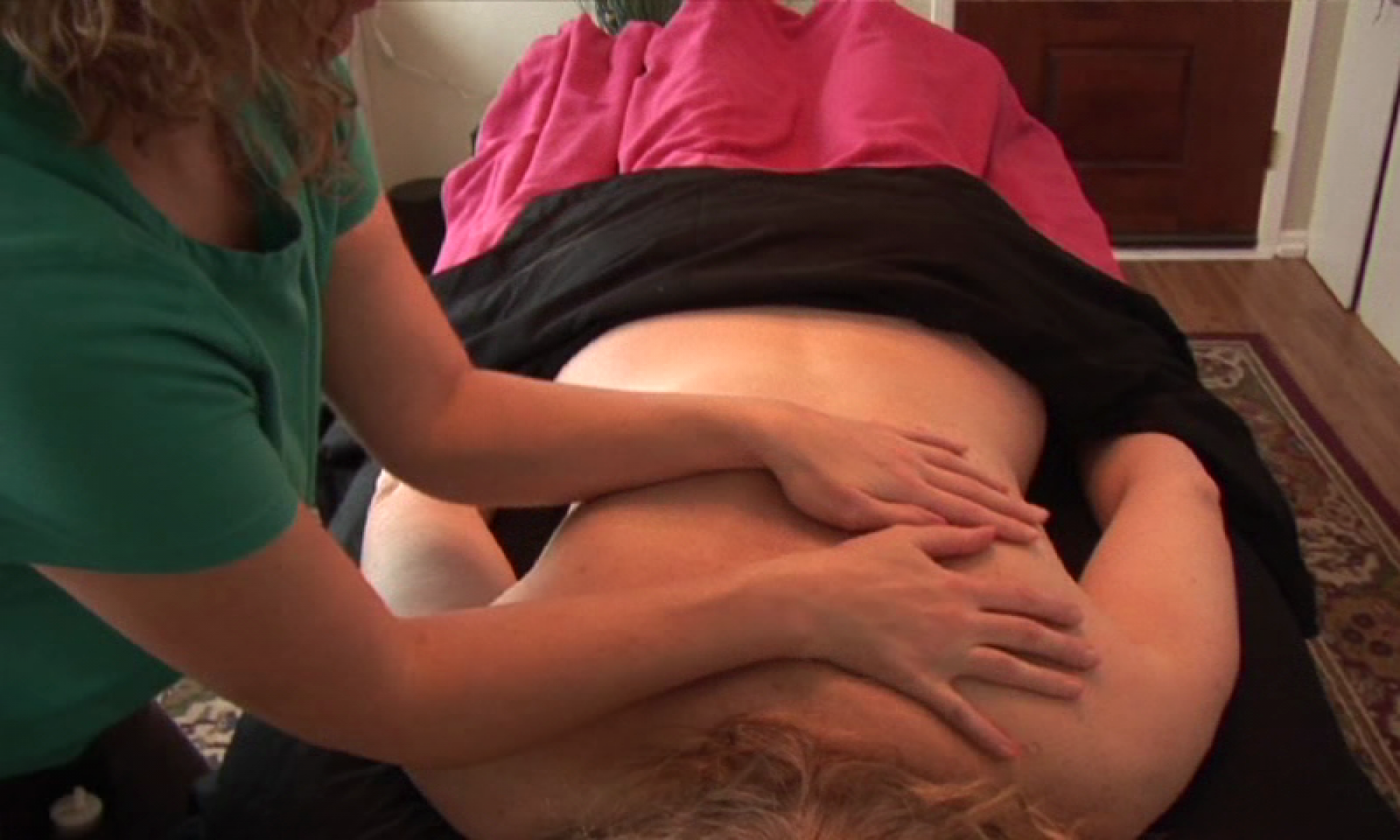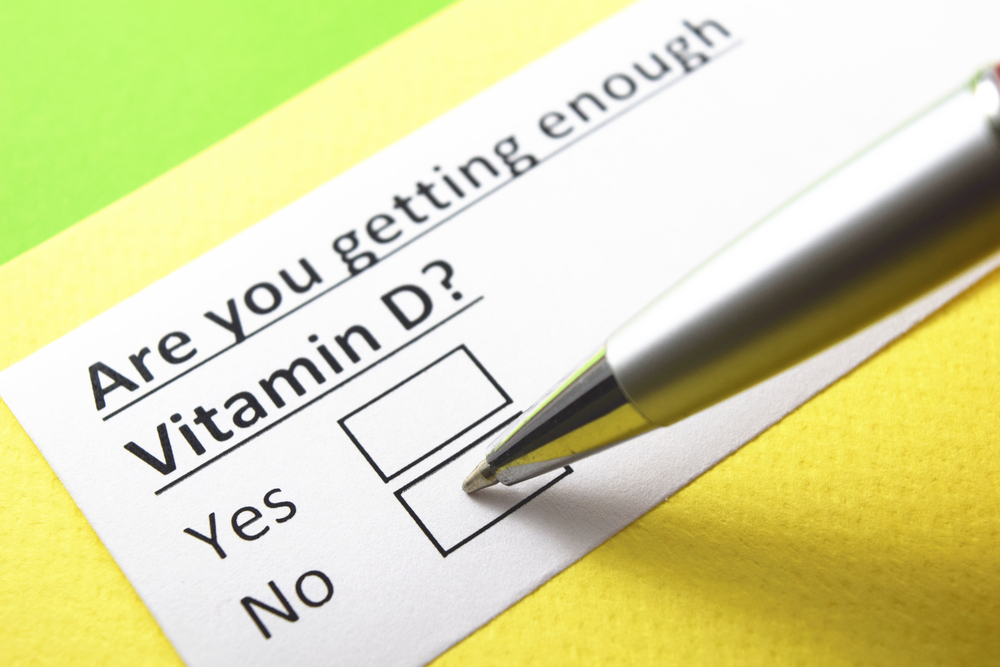Vitamin D May Be the Missing Supplement
How many times have we heard the statement, “I’m going outside to get my dose of Vitamin D”? But have you ever wondered why it’s important?
We’ve always heard about getting enough Vitamin D in relation to bone health. We drank milk as kids and take supplements now. Compared to all the other vitamins our bodies need, Vitamin D is the only one that the body can actually make on its own through sunshine and our liver. Vitamin D is obtained through the diet in mushrooms, fatty fish types, beef liver, egg yolks, and fortified foods (i.e., milk, dairy products, cereals).
In the body, Vitamin D is necessary for healthy functioning. It is mainly involved in calcium/phosphorous levels in the blood and bone health. Many organs throughout the body have Vitamin D receptors (including the heart and lungs and GI tract). Additionally, Vitamin D helps regulate insulin levels, influences weight, and supports the immune system. A deficiency can cause chronic inflammation and pain from the joints and muscles (cramps and aches). Vitamin D influences our mood and can be a cause of anxiety. It also is involved with cardiac disease, Parkinson’s disease, and a variety of autoimmune syndromes.
In order to get your daily dose of Vitamin D, it is important that you understand that not all sunshine is created equally. We know that as a person moves around on the planet, your ability to synthesize it changes in relation to what latitude you are at. As you move away from the equator, your ability to make Vitamin D lessens and you’re more likely to have a deficiency (especially in the winter months). This is seen starting about the 57-degree latitude line and worsens as you get closer to the Earth’s poles.
Additionally, there are other aspects to consider. The time of year, the amount of air pollution, the amount of skin exposed, and the time of exposure. Even the amount of pigmentation in your skin and the use of sunscreen will affect Vitamin D synthesis. Moreover, things like decreased absorption issues in the gut, indoor working environments and night shifts, and a whole host of other lifestyle factors contribute to its deficiency.
Thankfully, when it comes to pain management, Vitamin D is the quintessential example of getting the biggest effect for the smallest effort. It is the easiest vitamin to supplement by going outside. Getting it naturally (sunshine or diet) is always immune supportive. If you combine sunshine with movement, you’ll decrease inflammation and pain-generating chemicals (i.e., Substance P) in your joints and muscles. Supplements may even help things like diabetic neuropathy and muscle cramps.
The standard recommendation for sun exposure for adequate Vitamin D synthesis is considered 2-3 times per week, for 10-15 minutes, with approximately 30% skin surface exposure. This equates to bare forearms and lower legs. This is an estimate and should vary based on each individual’s health and preference. Skin cancer prevention is always recommended.
If taking a supplement is more your speed, then consider this. Vitamin D is a fat-soluble vitamin. This means it is possible to become toxic from oral supplements. Be cautious as Vitamin D toxicity is a buildup of calcium in your blood (hypercalcemia), which can cause nausea and vomiting, weakness, and frequent urination. Vitamin D toxicity might progress to bone pain and kidney problems, such as the formation of calcium stones.
While there isn’t a firm recommendation of the amount to take on a daily basis, most osteoporosis foundations support 1000 – 1,500 IU per day of Vitamin D. It has two main forms, D2 (ergocalciferol) and D3 (cholecalciferol), that differ chemically, but go through many of the same processing steps in the liver and kidneys. Both forms raise serum levels, yet there is evidence of vitamin D3 increases those levels to a greater extent and maintains this longer than vitamin D2. As with all supplements, there are some medication interactions to be aware of before starting a supplement.
Ultimately, we know that folks with chronic low back pain have a tendency to be less mobile, less engaged in outdoor activities, and fear movement. They are more likely to have muscle cramps, joint pains, and neuropathy. Often their diet is inflammatory in nature, they struggle with poor sleep, mood issues, and weight problems. It stands to reason there has been a correlation between Vitamin D deficiency and people with chronic back pain in the literature.
This may very well be one of the missing links for your pain management! The Healthy Back Program staff understands that pain is complex and more than what is on the MRI. We help our clients address their underlying causes of pain to help them gain control. Vitamin D status is only a start!


